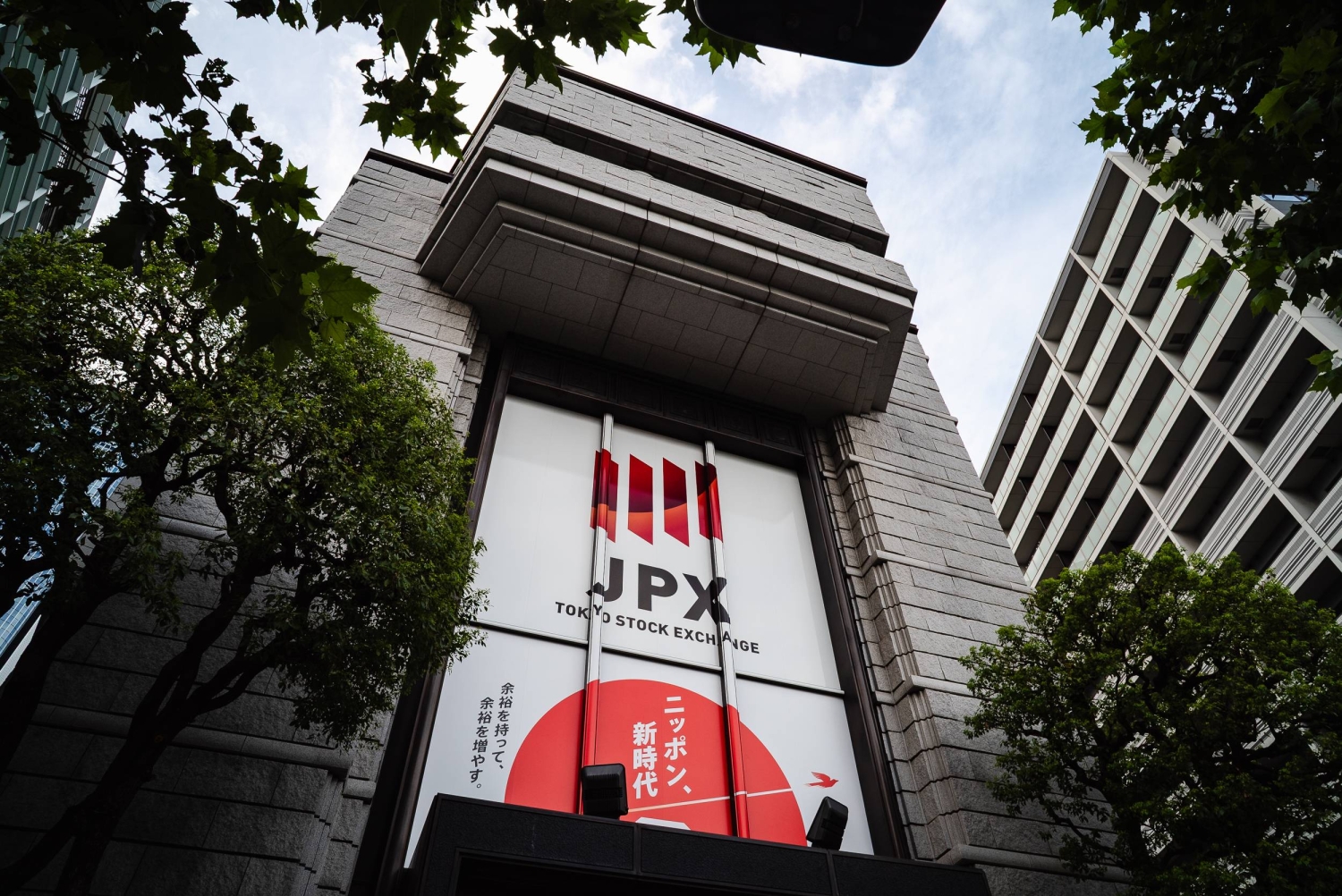Japan’s Nikkei 225 Breaks 50,000 for the First Time as Global Market Optimism Builds
Japan’s Nikkei 225 Breaks 50,000 for the First Time as Global Market Optimism Builds
By
Leah Rosenfeld
Last updated:
October 27, 2025
First Published:
November 30, 2025

Photo: The Japan Times
Japan’s benchmark Nikkei 225 index surged past the 50,000 mark for the first time in history on Monday, marking a major milestone for Asia’s largest stock market. The index jumped 2.02%, driven by strong global investor sentiment, improving trade relations between Washington and Beijing, and upbeat signals from Wall Street. The Topix index also gained 1.61%, reflecting broad-based buying across Japanese equities.
A Symbolic Milestone for Japan’s Stock Market
Crossing 50,000 represents a psychological breakthrough for investors, coming nearly 35 years after the Nikkei’s previous record highs in the late 1980s. The latest rally is being fueled by optimism over Japan’s growing economic resilience, a weaker yen supporting exporters, and improving corporate profitability.
The historic surge also sets the tone ahead of Prime Minister Sanae Takaichi’s meeting with U.S. President Donald Trump later this week in Tokyo. The discussions are expected to center on trade relations, supply chain cooperation, and measures to stimulate domestic demand in Japan — a key area of focus for both governments.
Boost from U.S.-China Trade Developments
Investor sentiment was further lifted after U.S. Treasury Secretary Scott Bessent told CBS News that Trump’s proposed 100% tariffs on Chinese imports were “essentially off the table.” His remarks helped calm fears of a renewed trade war between the world’s two largest economies, paving the way for smoother economic ties and stronger export prospects for Asian manufacturers.
Bessent also noted that China is likely to increase soybean imports from the U.S. and delay restrictions on rare earth exports, signaling constructive progress in ongoing trade negotiations. However, Washington will maintain existing export controls on high-tech goods, a reminder that competition in strategic sectors remains intense.
Regional Markets Rally Across Asia
The upbeat tone in Tokyo echoed across Asian markets. South Korea’s Kospi jumped 2.1%, surpassing the 4,000 level for the first time, while the Kosdaq added 1.45%. In Hong Kong, the Hang Seng Index climbed 1.15%, and mainland China’s CSI 300 gained 0.83%, buoyed by optimism over the potential easing of trade tensions. Australia’s S&P/ASX 200 also rose 0.54%, extending its recent gains.
Market analysts attributed the regional rally to reports that U.S. and Chinese trade negotiators had reached a preliminary agreement on several contentious issues. This development raises hopes for a formal accord between Trump and Chinese President Xi Jinping, potentially unlocking a new phase of stability for global trade.
Wall Street’s Record-Breaking Week Fuels Momentum
The rally in Asian equities followed a strong finish on Wall Street last Friday. All three major U.S. indices closed at record highs as investors welcomed cooler inflation data, reinforcing expectations that the Federal Reserve will stay on course for its next interest rate cut.
The Dow Jones Industrial Average surged 472.51 points (1.01%) to close at 47,207.12, marking its first-ever close above 47,000. The S&P 500 gained 0.79% to 6,791.69, while the Nasdaq Composite advanced 1.15% to 23,204.87.
With the Fed expected to announce a rate cut soon and a wave of Big Tech earnings due this week, global equity markets have found new momentum after months of uncertainty.
Policy Outlook and Market Implications
Analysts at Crédit Agricole CIB suggested that Prime Minister Takaichi’s economic agenda may focus on expanding domestic demand through “a high-pressure economy” — a strategy aimed at lifting Japan permanently out of its long-standing deflationary cycle.
According to the bank’s economists, boosting domestic spending would help rebalance trade with the U.S., reduce dependency on exports, and create a more sustainable growth model. “Such measures could create a win-win scenario, strengthening Japan’s economic fundamentals while easing U.S. concerns over trade imbalances,” the analysts noted.
Outlook: A New Chapter for Japan’s Market
As the Nikkei 225 climbs past the 50,000 threshold, investors see this as more than a symbolic achievement — it’s a reflection of renewed confidence in Japan’s economy and its evolving role in the global financial landscape.
With international cooperation improving, inflation moderating globally, and Japan’s corporate sector entering a new growth phase, analysts expect the rally to continue, though some caution that valuations may soon face pressure if policy tightening resumes in major economies.
For now, however, Japan’s stock market stands as a symbol of resilience — and a reminder that even after decades of stagnation, Asia’s oldest major economy is once again commanding global investor attention.
Popular articles
Subscribe to unlock premium content
Gilded Holidays in Fashion

How HBO Max Used the Power of Limited Series to Redefine Streaming Competition and Challenge Netflix’s Binge Culture

How Stranger Things Revolutionized Netflix and Redefined Streaming Entertainment

Gilded Holidays in Fashion

How HBO Max Used the Power of Limited Series to Redefine Streaming Competition and Challenge Netflix’s Binge Culture

Gilded Holidays in Fashion









